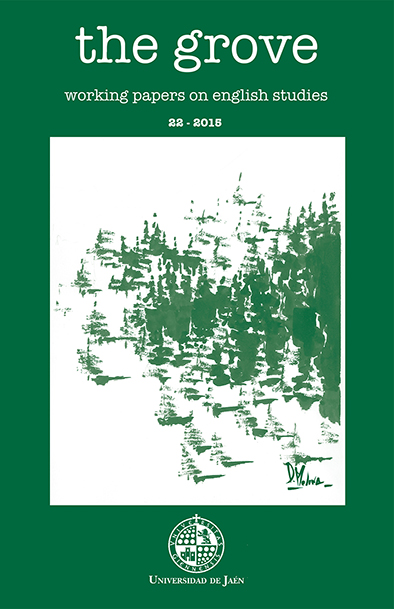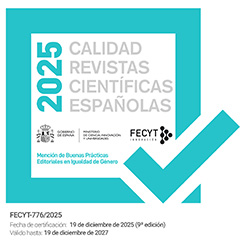Pastoral Bric-a-brac: Joseph Cornell’s Artistic Responses to Alain-Fournier’s Le Grand Meaulnes
Abstract
It has become a staple when Joseph Cornell’s art is analyzed and commented on to mention the novel Le Grand Meaulnes (1913) by Alain-Fournier. The novel is referred to many times in Cornell’s diaries and projects. It is well-known that Joseph Cornell felt a strong attachment to anything French (especially from the fin-de-siècle period), but such is too broad an explanation for his interest on that particular novel. In this article we analyze the bond between Cornell’s art and Alain-Fournier’s novel, taking them as two artistic examples of the pastoral mode. We try to explicate the connection between Alain-Fournier’s novel and many of Cornell’s most relevant assemblage boxes, such as the Palace series, the Medici Slot Machine boxes and Untitled (Bébé Marie). This relation can be traced both in the themes and the assemblage technique used by Cornell: they seem to replicate Meaulnes’s experiences during the narration in the novel, and to reproduce, with Cornell’s use of the glass panel, the narrative strategies of denouement delay that Alain-Fournier employed in Le Grand Meaulnes.
Keywords: Joseph Cornell, Alain-Fournier, pastoral, art and literature relation, assemblage art.
Downloads
Downloads
Published
Issue
Section
License
Authors who publish with this journal agree to retain copyright and grant the journal right of first publication with the work simultaneously licensed under a Creative Commons Attribution License that allows others to share the work with an acknowledgement of the work's authorship and initial publication in this journal. Also, authors will retain the rights on their work, even if they will be granting The Grove. Working Papers on English Studies a non-exclusive right of use to reproduce, edit, distribute, publicly communicate and show their work. Therefore, authors are free to engage in additional, independent contracts for non-exclusive distribution of the works published in this journal (such as uploading them to an institutional repository or publishing them in a book), as long as the fact that the manuscripts were first published in this journal is acknowledged.

























